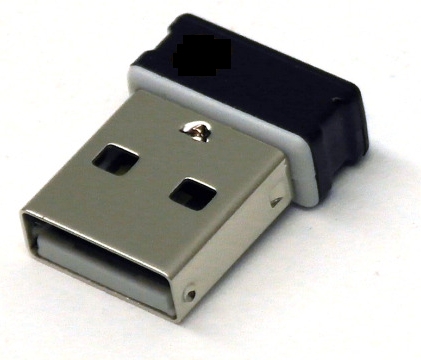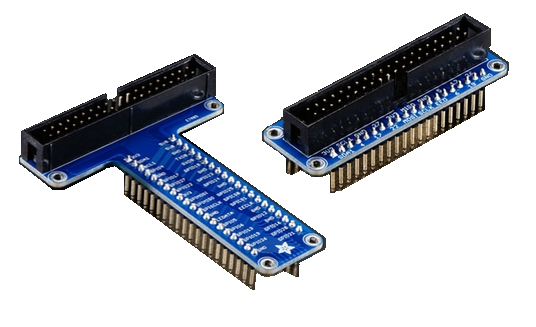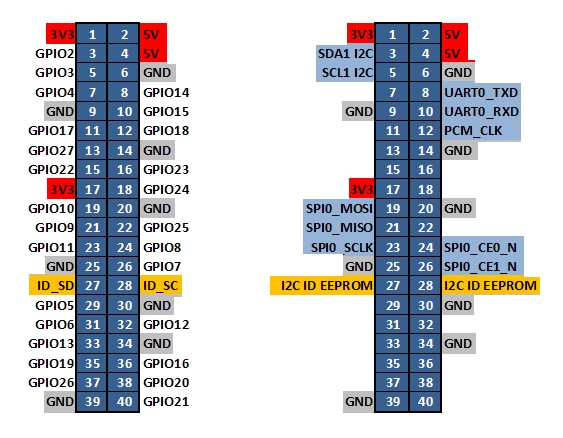Last month (July 2014) the new version of the card called Raspberry Pi Model B+ has been released. This model will replace the existing model Model B.
Gladdened by the novelty and the desire to have a small “Raspberry” for me, I took advantage right away and I bought it ..Now it is there on my desk, ready to be used. I have already installed the latest version of Raspbian compatible with this new model. After downloading its image (.img), I installed it on a MicroSD 8Gb. You can download the latest version of Raspbian, or choose another operating system, directly from here).
For instructions on how to install Raspbian, along with other information, I suggest you go and read the three articles of Jon Ficarelli:
- Starting with the Raspberry Pi (part 1)
- Starting with the Raspberry Pi (part 2)
- Starting with the Raspberry Pi (part 3)
So I decided to write this article to show the characteristics that distinguish it from the previous Raspberry model: Model B. In this article we will discover together what was kept and what has changed.
Model B and Model B+: a comparison
If we put side by side the two boards we can easily notice the changes (see Figure 3). Most of these changes are of a functional nature. In fact, the size of the card remains the same (85 mm x 56 mm), however, more care has been made to the arrangement of its components, especially the layout of the ports and connectors.
In fact, for example, the first thing you notice is the alignment between the USB ports and the network socket with the edge of the card. In addition, the USB 2.0 ports have become 4 (compared with 2 in the previous model).
The slot to insert the SD card has been replaced with a slot for MicroSD that is much less bulky and therefore we will no longer see the inserted SD card sticking out in a good part .
Even the power consumption has been improved by using more efficient switching regulators. A short and very recent article but very interesting in this regard, written by Alex Eames, (see here) shows a direct measurement of power consumption between the two models. That’s an extract from the article which shows two tables comparing two measures:
Measurement made with only the Keyboard USB Dongle connected to the card:
| Model B | 4.98 V | 0.38 A | 1.89 Watts |
| Model B+ | 5.03 V | 0.24 A | 1.21 Watts |
Measurement made with Keyboard + USB Dongle USB WiFi Dongle both connected to the card:
| Model B | 4.98 V | 0.43 A | 2.14 Watts |
| Model B+ | 5.02 V | 0.28 A | 1.41 Watts |
The two audio and composite video outputs quite bulky in Model B were replaced by an audio / video connector 3.5mm 4-pole.
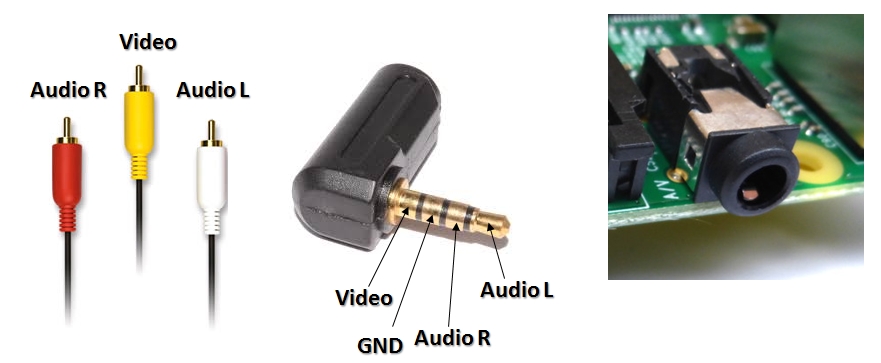
A little curiosity: reading here and there on the internet you will find reported in many sheets that the audio quality for the new Raspberry Pi B + has greatly improved over the previous model. Well, this information seems contradicted by direct evidence reported in this article (written by Daniel about Crazy Audio).
Even the manner of attaching the board to various media has been improved by adding four squarely-placed mounting holes symmetrically distributed. This results in an improvement in the stability of the board fixed to such media. Furthermore, to facilitate the insertion in containers or the media the 4 corners on the board have been rounded.
The HDMI port is unchanged as well as the two connectors Display (DSI) and the Camera (CSI) for the ribbon cables were unchanged.
In the figure below we can see for example the camera with the ribbon cabla that shall be connected to the CIS connector..
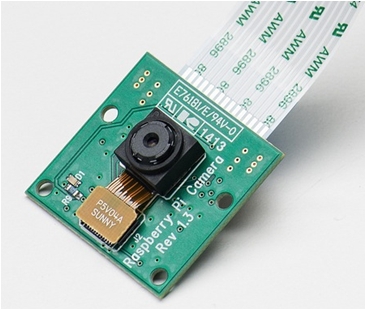
The connectors GPIO (General Purpose Input / Ouput) were increased to 40-pins, of which the first 26 retain the same pinout of Model B to maintain compatibility between the two models. Later in the article we will see in more detail the pinout in this new card.
So the good news is that most of the existing accessories (cables, keyboards, monitors, etc), and most importantly boards “Pi Plates” (PCBs directly connected to the GPIO port) are still usable with the new model. This is due to the fact that the pinout of the 26 pin originally present in the model B has been preserved in the new model. However, this does not mean that the cables 26-pin GPIO are still usable. In fact, since the new pinout has been extended to 40 pins, the GPIO cable must have one of the two 40-pin connectors (see Fig.5)
This adapter can be useful if you want to continue to use the accessories that use 26-pin connectors, such as the T-Cobbler Model B.
Instead, if the Model B + represents your first purchase of a Raspberry Pi board, you can put your attention directly to the new versions of T-cobbler 40-pins already commercially available.
Instead, the chipset consisting of processor (700MHz Broadcom BCM2835 SoC) and RAM (512Mb) remained unchanged between the two models. Even the MicroUSB socket for the power supply remained unchanged.
If you are interested in taking a look at the datasheet of the new Model B + you can go here.
The new 40-pins pinout
Let’s take a look at the new pinout on the board of the new model B+ (see Fig.8). The first 26 pins were unchanged as they are placed in the model B.
Compared to the pinout in the model B, there are 9 additional pins that can be configured either as input or as outputs. So in total now have 26-pins (17 + 9) with these features.
Also 3 other GND pins have been added to the board, along with the existing 5.
And finally …
The Raspberry Pi foundation has already announced the beginning of the design of the new board Rapsberry Pi 2. While we are waiting this new board, let’s enjoy this new model!
[:]






